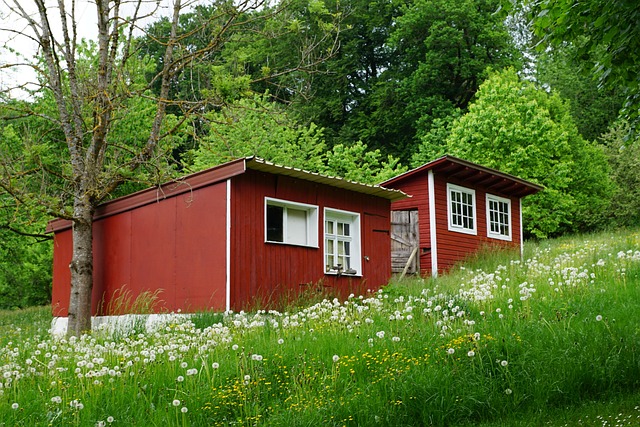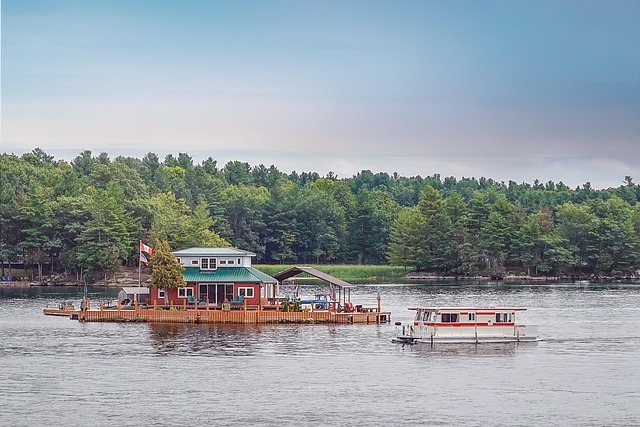Adopting minimalism in real estate offers a sustainable, cost-effective alternative by focusing on space optimization, resource efficiency, and reduced environmental impact. Through compact floor plans, energy-efficient systems, and strategic material choices, developers can create affordable homes with smaller carbon footprints. This approach enhances natural lighting, ventilation, and green spaces, improving residents' quality of life while promoting environmental stewardship. Global case studies demonstrate that minimalist designs combined with innovative construction techniques like modular building and off-site manufacturing can provide eco-responsible and accessible housing solutions.
In today’s real estate landscape, achieving a minimal footprint and financial affordability doesn’t have to be mutually exclusive. This article explores how embracing minimalist design principles can unlock sustainable living without breaking the bank. We delve into strategies for achieving both goals, backed by compelling case studies of low-impact, economical homes that prove size and style can coexist with environmental stewardship and fiscal responsibility.
Understanding Minimal Footprint in Real Estate: Unlocking Sustainable Living Without Breaking the Bank

In the realm of real estate, the concept of a minimal footprint is gaining traction as a sustainable and affordable living solution. It involves designing homes and communities that prioritize space efficiency, resource conservation, and reduced environmental impact, all while keeping costs manageable. This approach doesn’t mean sacrificing modern amenities; instead, it encourages innovative strategies like compact floor plans, energy-efficient systems, and smart material choices to create livable spaces with a smaller carbon footprint.
By embracing minimalism in real estate, developers and architects can unlock numerous benefits. It allows for more affordable housing options, as less square footage translates to lower construction and maintenance costs. Moreover, these designs often incorporate natural lighting, ventilation, and green spaces, enhancing the quality of life for residents while promoting environmental stewardship. Understanding and adopting this principle is a significant step towards creating sustainable communities that are both economic and eco-friendly.
Strategies for Achieving Affordability While Embracing Minimalist Design Principles

Adopting a minimalist design philosophy can significantly contribute to affordability goals in real estate, offering both financial and environmental benefits. One key strategy is prioritizing essential features over extras, focusing on functional spaces that maximize natural light and minimize unnecessary walls or rooms. This not only reduces construction costs but also enhances energy efficiency by promoting passive solar heating and cooling.
Additionally, embracing sustainable materials and efficient fixtures lowers maintenance expenses in the long run. Opting for durable, low-maintenance finishes like wood, tile, or linoleum flooring instead of carpeting can save on replacement costs. Efficient appliances and water-conserving fixtures also reduce utility bills over time, making minimalist homes more cost-effective for occupants while reducing their environmental impact.
Case Studies: Success Stories of Low-Impact, Economical Homes

In the realm of real estate, a growing trend is the harmonious fusion of minimal environmental impact and affordable housing solutions. Case studies from around the globe offer inspiring examples of how low-impact, economical homes can be both ecologically responsible and cost-effective. For instance, in rural areas across Europe, the adoption of passive house design principles has led to remarkable energy efficiency gains without compromising on comfort or affordability. These homes, characterized by excellent insulation, efficient ventilation systems, and optimized natural lighting, significantly reduce heating and cooling costs.
Similarly, innovative construction techniques like modular building and the use of sustainable materials such as bamboo, recycled steel, and locally sourced wood have been instrumental in achieving minimal footprints while keeping development costs down. Projects in North America have demonstrated that by streamlining construction processes and utilizing off-site manufacturing, homes can be built faster, cheaper, and with less waste, ensuring accessibility to affordable housing without sacrificing environmental stewardship.






